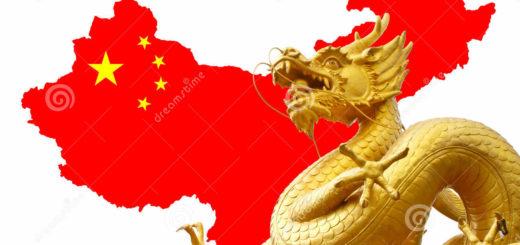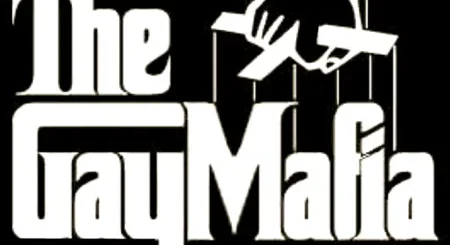RUSSIANS PROVING THAT SMALL-SCALE ORGANIC GARDENING CAN FEED THE WORLD

When it’s suggested that our food system be comprised of millions of small, organic gardens, there’s almost always someone who says that it isn’t realistic. And they’ll quip something along the lines of, “There’s no way you could feed the world’s growing population with just gardens, let alone organically.” Really? Has anybody told Russia this?
For you see, on a total of approximately 8 million hectares (20 million acres) of land, 16.5 million Russian families grow food in small-scale, organic gardens on their Dachas – a Dacha is a secondary home usually located in the extra urban areas.
People will have their main house in the city, and work and reside there through out the week. But come the weekend, city denizens flock to the city limits in droves to relax and enjoy some more country-esque living. And of course to tend and harvest the gardens they keep there, because growing your own food happens to be a long-lived tradition in Russia, even among the wealthy.
And they don’t just grow a couple strawberries and a head of lettuce or two, these Dachas have a serious contribution to the total of Russian food output. Take a look at the numbers. Based on the 1998 “Private Household Farming in Russia” Gosmkostat (State Committee for Statistics) statistics, these Dacha families produced:
- 38% of Russia’s total agricultural output
- 41% of the livestock
- 82% of the honey
- 79% of the sold cattle
- 65% of the sold sheep and goats
- 59% of the milk
- 31% of the sold poultry
- 28% of the eggs
- 91% of the potatoes
- 76% of the vegetables
- 79% of the fruits
Keep in mind that only about a quarter of Russian households were responsible for this – there would’ve at the time been about 50 million households out of a population of 147 million, approximately. If only a fraction of the Russian population can manage such production with what is essentially hobby farming, and also within their region’s very short growing season (approx. 110 days), imagine the output most parts of the world could manage by comparison. Unfortunately in just the US alone, lawns take up more than twice the amount of land Russia’s Dacha gardens do (est. 40-45 million acres of lawn).

It used to be normal for people to grow their own food. But then right around the 17th century, rich English and French landowners got the idea they could flaunt their wealth by keeping large tracts of well groomed grass, because they could afford the labor necessary to keep it trim and they could afford to not use it for food production. So common people, trying to show off too, attempted to follow suit and now the it’s been standardized. A lawn is intrinsically useless. It is nothing more than an antiquated status symbol, and a damaging symbol at that. Imagine the ecological and economical stress that could be relieved if it became normal to grow your own food again.
http://reclaimgrowsustain.com/content/russians-proving-small-scale-organic-gardening-can-feed-world














